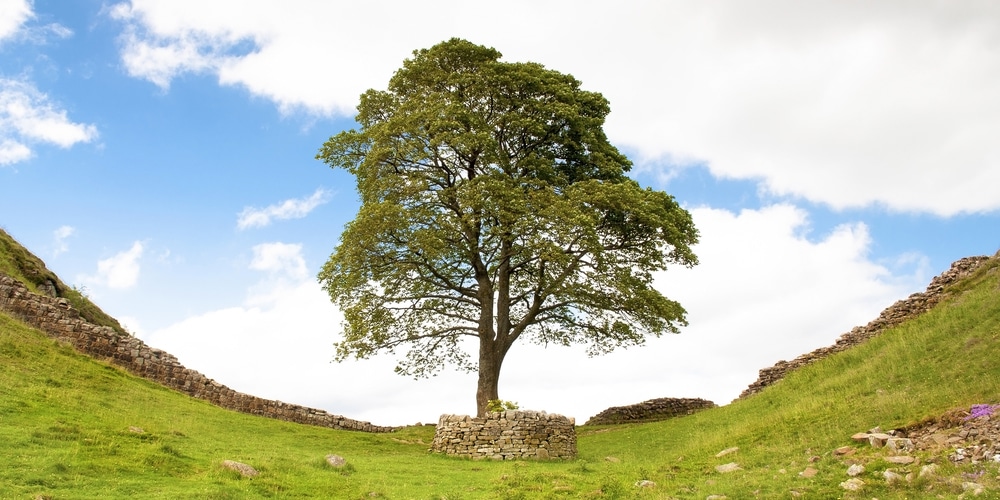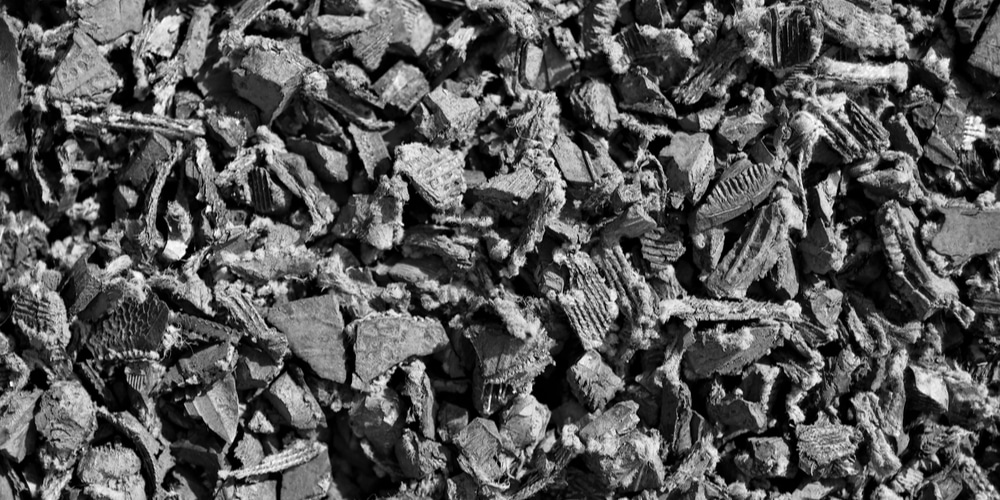We all know that trees take time to grow and might be vulnerable during their first years. So, adding a tree to your garden involves ensuring they get all they need to thrive.

While the process might be time-consuming and require effort from your side, it will be worth it. After all, who doesn’t like to enjoy healthy and gorgeous trees in their garden?
Of course, it takes effort. You’ll have to protect your plants from strong winds and give them the necessary nutrients for their growth. But it doesn’t have to be as challenging as you think.
Indeed, some tools can facilitate the process. For instance, have you ever heard of rubber tree rings?
And should you use them? In essence, will they make things easier, or will they hurt your plants? Keep reading this essential guide to learning all about them!
What are Rubber Tree Rings?
Before we get into whether rubber tree rings are bad or good for your trees, let’s specify what they are. Let’s get things straight: rubber tree rings are alternatives to organic mulch.
And if you know something about gardening, you might be familiar with the practice of mulching. When growing trees, adding mulch around them is imperative. After all, such a practice will increase water retention and drainage, keep weeds at bay, regulate the soil temperature, and provide your plants with some of the necessary nutrients for their growth.
However, mulching is more complex than buying a bag of products and spreading it around your tree. But rubber tree rings are less challenging and tidier to apply. So, they are ideal for beginner gardeners and people who don’t want to spend much time in their yards.
Still, despite having a similar texture and color to natural mulch, these tools contain synthetic materials which might hurt your trees. After all, they don’t contain the nutrients that organic materials have. But are rubber tree rings bad for trees? Jump to the next section to find out!
Are Rubber Tree Rings Bad for Trees?
Besides not being as effective as organic mulch, rubber tree rings can harm your plants. Indeed, contrary to what many people think, the rubber will decompose over time. Of course, it might take longer than with organic materials, which means you won’t have to worry about replacing mulch frequently. However, within 5 to 7 years, your rubber tree ring will start the process.
And because plastic often contains toxic contaminants, over long periods, those will get into the soil and stunt tree growth by reducing the available nutrients. Over time, the rubber breaks down and adds toxic contaminants to the soil that might cause leaf discoloration and weaken your tree.
But that’s not the end of the story. Don’t forget that trees’ roots need oxygen to prosper. After all, it is an essential element in photosynthesis. So, proper aeration is crucial to their health. Adding rubber tree rings around your plant might reduce air availability in the soil.
Additionally, people living in areas where wildfires are common must avoid rubber mulch since it is more likely to catch fire and more challenging to extinguish.
Finally, rubber mulch rings cover the area around the tree trunk. And while that might not sound worrying, their presence might encourage the roots to sprout and move upwards rather than sideways.
Such a condition, known as root girding, can harm trees. Indeed, girdling can cut off circulation and limit the amounts of nutrients and water in the tree. Over time, the conditions might speed up the plant’s death.
How to Use Rubber Tree Rings?
Despite what we just said, rubber tree rings aren’t entirely bad for trees. If you know how to use them, you might be able to simplify things for you. Just like organic mulch, rubber mulch rings will inhibit weeds’ growth and prevent the spread of pests and diseases.
Plus, contrary to traditional mulch, rubber rings will stay in place even during storms and under strong winds. Additionally, they won’t attract termites and other insects that might harm your tree and other plants in your garden.
Ensure you apply the rubber ring following the instructions. Placing it too close to the trunk might limit its ability to widen and contribute to trapping moisture, which may cause decay. Also, don’t forget to lay landscaping fabric where you are adding it and spread the rubber ring to a layer of about one to three inches thick.
Don’t forget to remove your rubber mulch after 6 to 7 years to prevent the chemicals from leaking into the soil. Doing so will keep your tree healthy and minimize the issues we described in the previous section.
Related Article: How to Plant Flowers in Rubber Mulch
